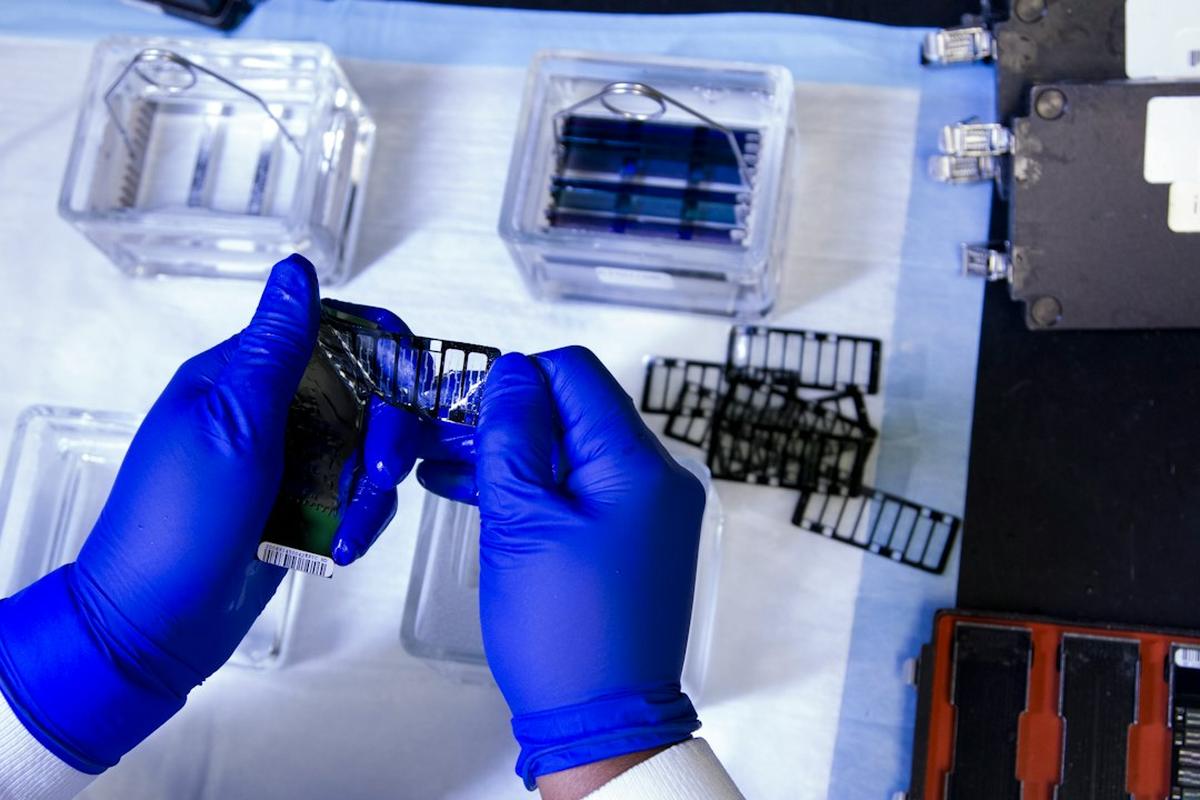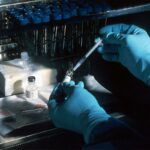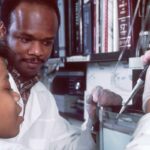In the fascinating world of genetics, DNA matching percentages often spark intrigue and curiosity. DNA, or deoxyribonucleic acid, is the genetic material that makes us who we are. It carries our unique genetic code and is responsible for our physical traits, health predispositions, and much more. But what does it mean when we say that two individuals share a 3% DNA match? Is it significant? Let’s delve into the world of DNA matching percentages to understand this better.
Understanding DNA Matching Percentages
DNA matching percentages refer to the proportion of DNA that two individuals share. These percentages are calculated using complex algorithms that compare the DNA sequences of the two individuals. The more DNA sequences that match, the higher the percentage of DNA shared.
The calculation of DNA matching percentages is not as straightforward as it might seem. It involves considering various factors such as the size of the DNA segments that match, the number of matching segments, and the rarity of the matching segments in the general population. It’s a complex process that requires advanced computational tools and expertise in genetics.
The Significance of a 50% DNA Match
A 50% DNA match is typically seen between parents and their children. This is because children inherit approximately 50% of their DNA from each parent. Therefore, you share about 50% of your DNA with your mother and 50% with your father.
The implications of a 50% DNA match are profound. It can confirm parent-child relationships and help in establishing family trees. Moreover, it can provide insights into inherited traits and genetic health risks. For instance, if a parent has a genetic mutation that increases the risk of a certain disease, there is a 50% chance that they will pass this mutation to their child.
The Importance of a 25% DNA Match
A 25% DNA match is usually observed between grandparents and grandchildren, or between siblings. This means that you share about 25% of your DNA with your grandparents, your grandchildren, or your siblings.
A 25% DNA match can be extremely valuable in genealogical research. It can help in verifying family relationships and tracing lineage. Moreover, it can shed light on shared genetic traits and health risks. For example, if a grandparent has a genetic condition, there is a 25% chance that this condition could be passed on to a grandchild.
The Role of a 12.5% DNA Match
A 12.5% DNA match is common between first cousins, uncles, aunts, nephews, and nieces. This means that you share about 12.5% of your DNA with these relatives.
The value of a 12.5% DNA match in family history research cannot be overstated. It can assist in identifying distant relatives and reconstructing family trees. Furthermore, it can provide insights into shared ancestral origins and genetic traits.
Delving into the 3% DNA Match
A 3% DNA match is often seen between second cousins, or between great-grandparents and great-grandchildren. This means that you share about 3% of your DNA with these relatives.
Even though a 3% DNA match might seem small, it can be very useful in genealogical research. It can help in tracing back family history several generations and uncovering distant family connections. Moreover, it can provide clues about shared ancestry and inherited traits.
Cases When Even Less Than 3% DNA Match Matters
There are instances when even less than a 3% DNA match can be significant. For example, a 1% DNA match can indicate a relationship as distant as fourth cousins. This can be particularly useful in genetic research, where even small DNA matches can help in identifying genetic markers for diseases or tracing back ancestral origins.
Misconceptions About DNA Matching Percentages
There are several myths and misconceptions about DNA matching percentages. One common misconception is that a higher DNA match always indicates a closer family relationship. However, this is not always the case. For instance, half-siblings and grandparents-grandchildren both share about 25% of their DNA, but the nature of their relationship is different.
Another misconception is that DNA matching percentages can determine ethnicity or nationality. While DNA testing can provide insights into ancestral origins, it cannot determine current nationality or ethnicity. It’s important to understand these nuances to interpret DNA matching percentages correctly.
The Role of DNA Testing in Genealogical Research
DNA testing has revolutionized genealogical research. It has made it possible to uncover family connections that were previously unknown or unverifiable. By comparing DNA sequences, researchers can identify shared ancestors, trace lineage, and reconstruct family trees.
Moreover, DNA testing can provide insights into inherited traits and genetic health risks. This can be invaluable in understanding one’s health predispositions and planning preventative measures.
Case Studies: Real-life Applications of DNA Matching Percentages
There are numerous examples of how DNA matching percentages have been used in genealogical research. For instance, in one case, a woman was able to find her long-lost brother by matching her DNA with his. They shared a 50% DNA match, confirming their relationship as siblings.
In another case, a man was able to trace his ancestry back to the 18th century using a 3% DNA match with a distant cousin. This discovery helped him uncover his family’s history and heritage.
These cases highlight the power of DNA matching percentages in genealogical research and the profound impact they can have on individuals’ lives.
Concluding Remarks
Concluding Remarks, DNA matching percentages, even as small as 3%, can be significant. They can help in verifying family relationships, tracing lineage, and understanding inherited traits. So, the next time you come across a 3% DNA match, remember that it’s not just a number – it’s a window into your genetic heritage.
References
- Jobling, M. A., Hurles, M. E., & Tyler-Smith, C. (2013). Human Evolutionary Genetics. Garland Science.
- Plomin, R., DeFries, J. C., Knopik, V. S., & Neiderhiser, J. M. (2016). Top 10 Replicated Findings From Behavioral Genetics. Perspectives on Psychological Science, 11(1), 3–23.
- Tishkoff, S. A., & Kidd, K. K. (2009). Implications of biogeography of human populations for ‘race’ and medicine. Nature Genetics, 36, S21–S27.








